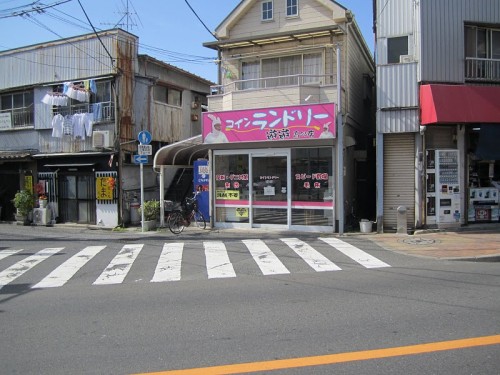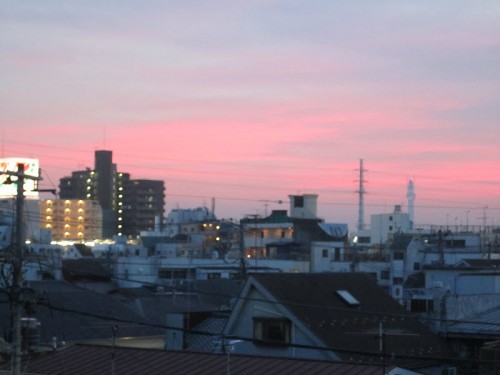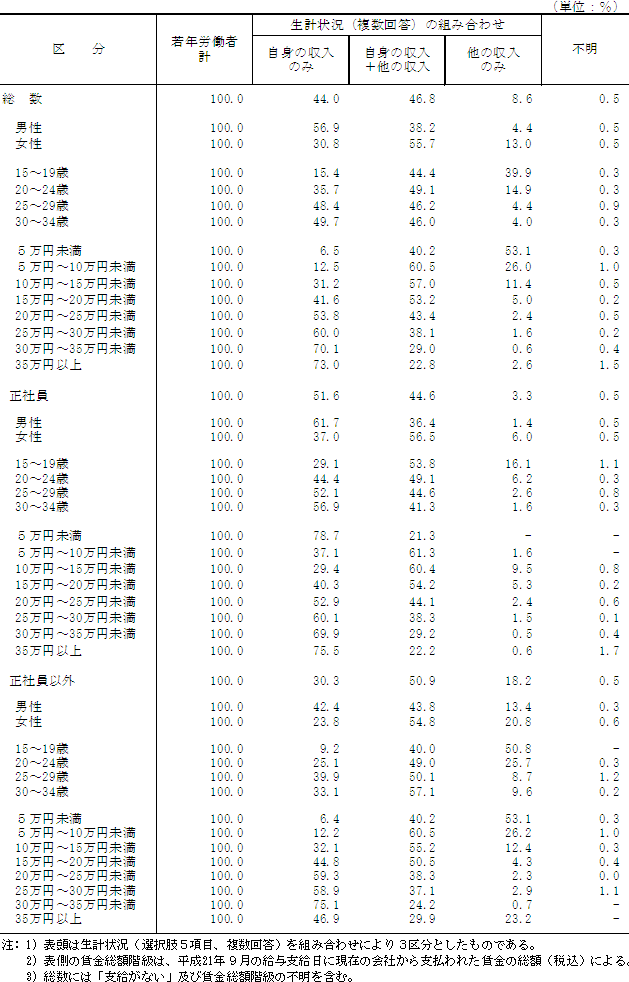Debito, writing in the Japan Times:
Japan’s census does not measure for ethnicity (minzoku). It still measures only for nationality (kokuseki). In other words, on the form you indicate that you are Japanese or that you are miscellaneous (indicate nationality).
So what does that mean for the Ainu? They are Japanese citizens, of course, but their indigenous status remains unaccounted for.
Then how about naturalized citizens? I of course wrote down “Japanese” for my nationality on the census. But I would also have liked to indicate that I am a hyphenated Japanese — a Japanese with American roots, an Amerika-kei Nihonjin.
But it’s not just about me. How about children of international marriages? My kids are just as American as they are Japanese, so why not have it formally acknowledged? It would be in other societies with ethnic diversity. Why can’t we show how genetically diverse Japanese society is, or is becoming?
I wrote about this subject at MFT back in March, and my conclusion, having thought about it some more, is that ethnic distinctions are simply not that meaningful in and of themselves. Usually, they are completely arbitrary — just as arbitrary as nationality.
Debito, for instance, wants to identify as an “American Japanese.” This is his right, but it doesn’t tell you anything about him. You could correctly apply the same label to someone who would be considered an ethnic minority in America (like Akebono) or even someone who would be considered Japanese or Japanese American in America (like Hikaru Utada).
Or, as Donald Horowitz once put it (as quoted by Samuel Huntington in The Clash of Civilizations):
An Ibo may be an Owerri Ibo or an Onitsha Ibo in what was the Eastern region of Nigeria. In Lagos, he is simply an Ibo. In London, he is a Nigerian. In New York, he is an African.
And in most of the US, he would just be “black” — much like the current president of the United States, whose ancestry and upbringing has practically nothing in common with the majority of “black” people in the same country.
This brings me to the barely-informed assertion, not knowing much about census practices elsewhere, that the US has some of the most thoroughly developed racial and ethnic census profiling in the world, and while it generates a ton of data, it is all pretty useless.
The most common American view is that the population consists of five races: white, black, Asian, Hispanic/Latino and Native American. In reality, “Hispanic” or “Latino” is not a race–there are Hispanic people of European, African and Native American origin, and of varying combinations thereof–so the US Census recognizes four races, has a “multiracial” alternative option, and treats “Hispanic or Latino” as a separate descriptor which can apply to a person of any race. But because Hispanic and Latino people are not used to being called “white,” they often trip up when being asked to identify themselves as such (more on this here). That’s not the only arbitrary distinction. Arabs, Iranians and Turks are treated as “white” even though their groups hail from parts of Asia and are reviled with suspicion by legions of ignorant “white” people. Indians and Pakistanis are treated as “Asian/Pacific Islander” alongside East Asians, Polynesians and Australian aborigines. You get the idea.
To confuse matters further, the US Census lets people self-identify using a more detailed “ancestry” field, and in practice nearly anything you can think of gets written down in this space, including unhelpful answers like “United States,” “Southerner” and “Amerasian.”
Debito continues:
I believe the government still wants to maintain the image of Japan’s ethnic homogeneity, as it justifies a lot of status-quo policymaking (e.g., a closed-door refugee regime, no official immigration policy, the firm and oft-repeated belief that Japan is not and will never be an “immigration nation”).
After all, Japan’s identity is currently based on the ideals of cultural and even racial purity. Why would one dare to collect official data that would undermine that?
The US Census is arguably set up with the opposite purpose in mind — to provide tons of (probably misleading) data that show off the diversity of the population.
I agree that Japan should do a better job of acknowledging the presence of other ethnic groups within its borders. To me, though, it’s a tough call, because all of the possible approaches have serious flaws.
The government’s main objection is somewhat legitimate. As Debito puts it:
The official reason I keep getting from the Census Bureau is that this is a privacy issue. Asking people for their ethnic backgrounds is apparently too personal.
He doesn’t buy this because there is other highly personal information which is surveyed, such as household income (not so personal in Japan, by the way, but I digress). It is clearly an intensely personal issue for many affected people–just look at how many effectively “hide out” as Japanese people, with a Japanese name and hazy family background, so that they can lead normal lives among the mainstream of the population without being viewed as an outsider. Or look at the burakumin, whose leaders don’t even want anyone to know where they used to live hundreds of years ago.
Even setting that issue aside, there are still serious problems with any survey of ethnicity in Japan.
The question could be most simply phrased: “Do you have any non-Japanese ancestry?” But there is a serious scientific problem: everyone would technically be forced to say “yes” because we are pretty sure that the human race did not spontaneously form in Japan. And there is a practical problem: nth-generation Japanese citizens who happen to have a great-grandparent from Korea are in a different situation than a half-Japanese person from Japan, a half-Japanese person from South America, a multi-generation zainichi, an Asian immigrant laborer or a JET teacher.
If the census can’t be so vague, it has to be multiple-choice; “choose your own answer” doesn’t work, as explained above. So what should the choices be? There are countless Japanese people who have lived and had families in other countries for over a hundred years, so national origin doesn’t say anything. “Race” is tricky because most foreigners in Japan are technically of the same race as “purebred Japanese” people (i.e. East Asian/Mongoloid). Any classification has to be further broken down by specific combination; is a half-Japanese half-American person counted as Japanese or American, and how is American counted anyway? Do you need to know how many “black” or “white” people there are? How Korean do you have to be to be “Korean?”
I am pretty content with the fact that the Japanese census doesn’t get into these issues, and only looks into declared nationality, which is at least not a gray area: any given person in Japan is either Japanese, stateless, or entered Japan as a national of one other country (i.e. the passport they most recently showed to immigration). It doesn’t say a lot but it is at least legally relevant.



